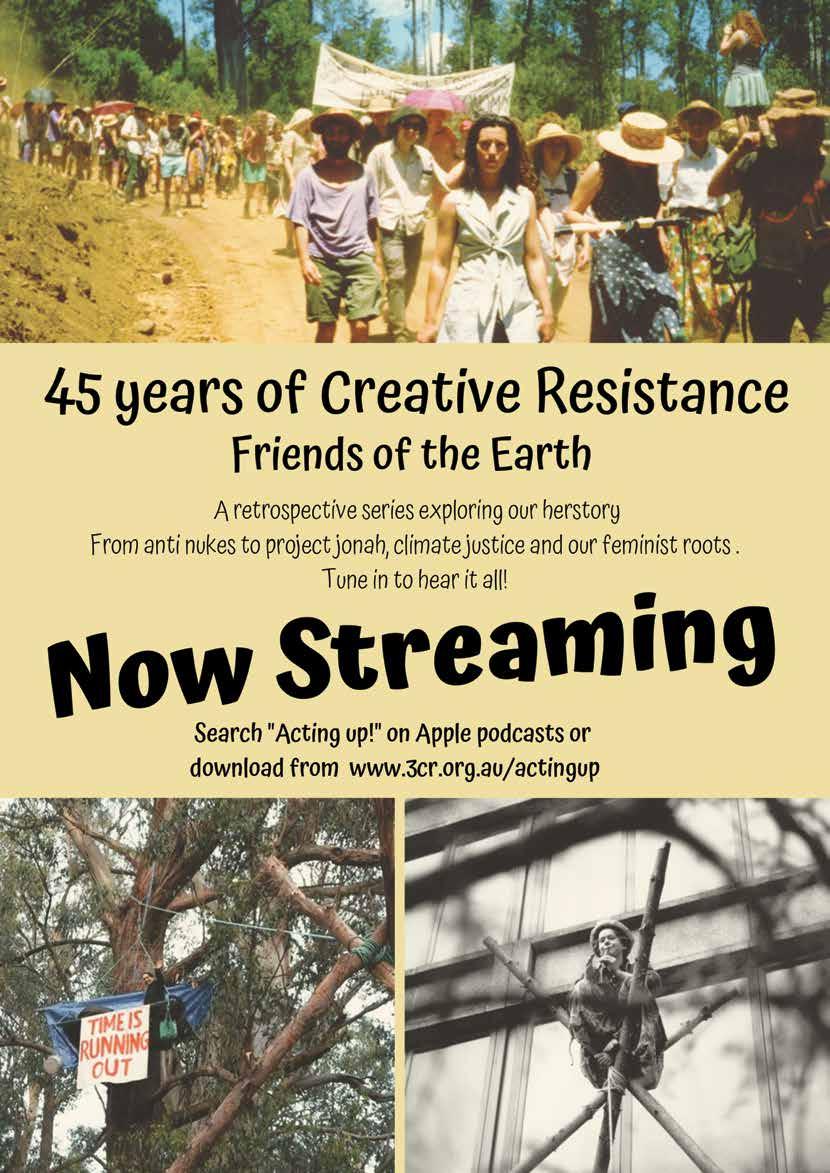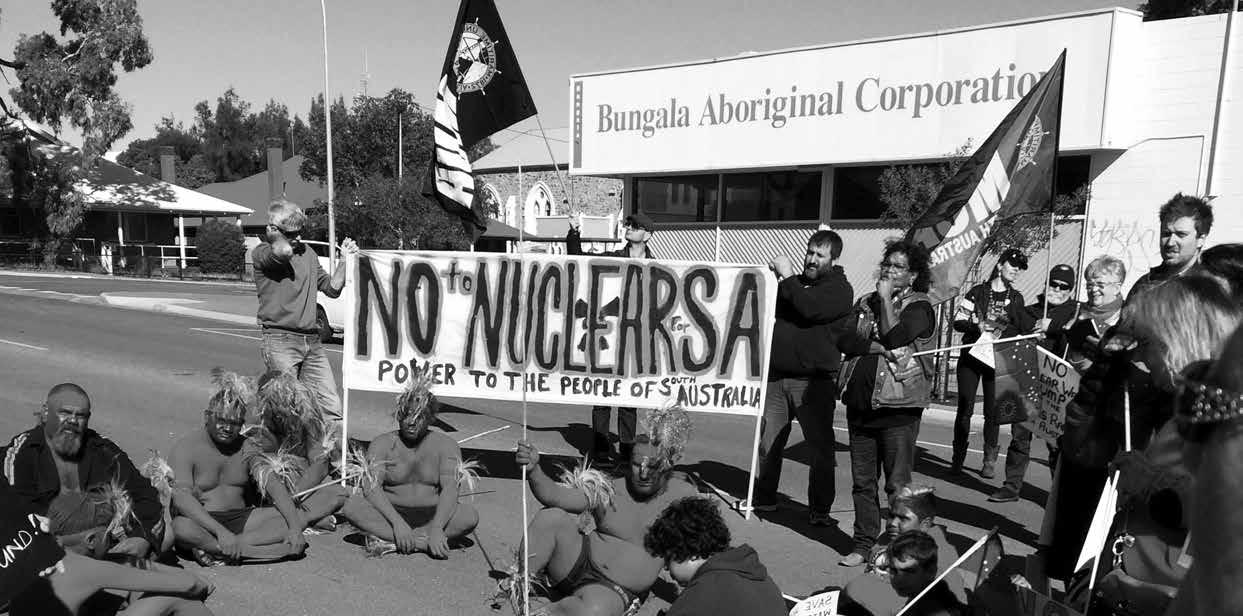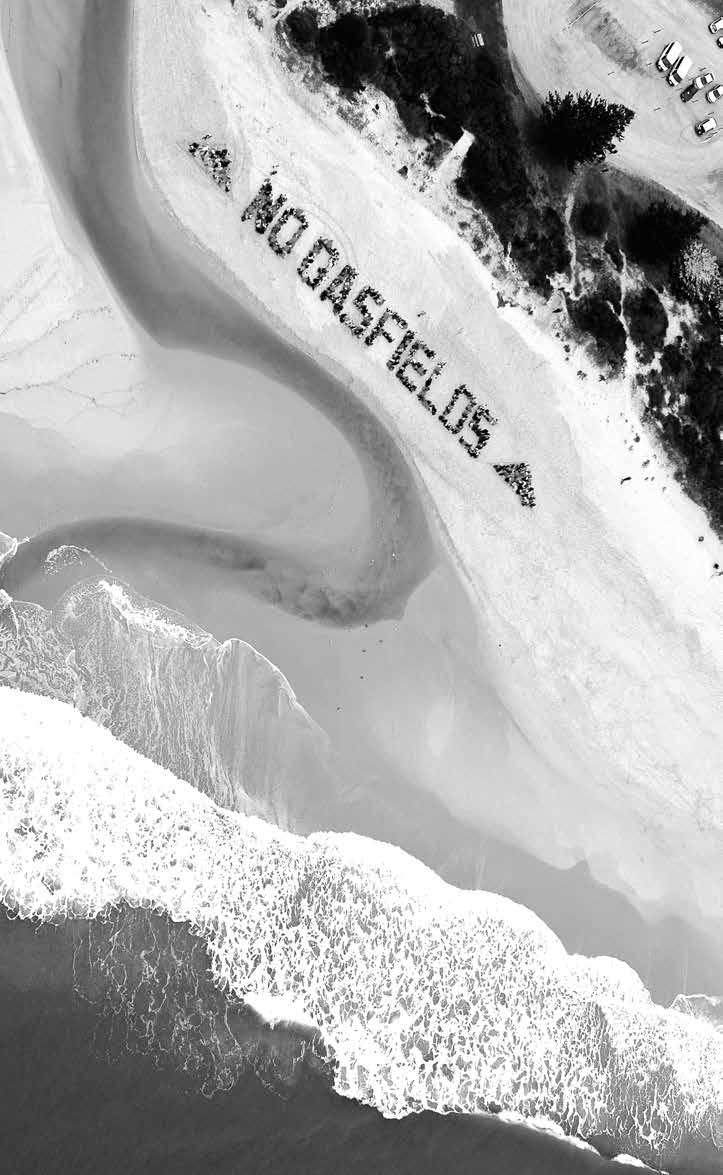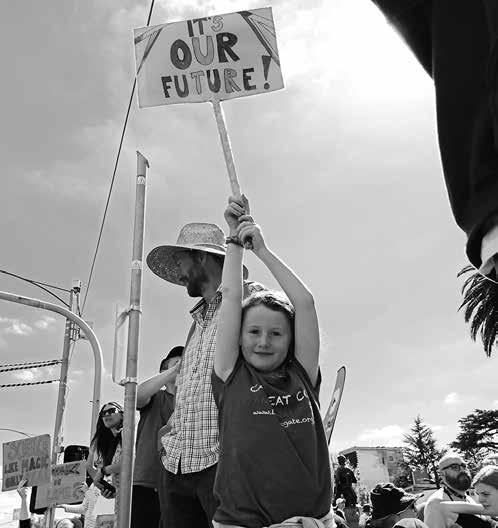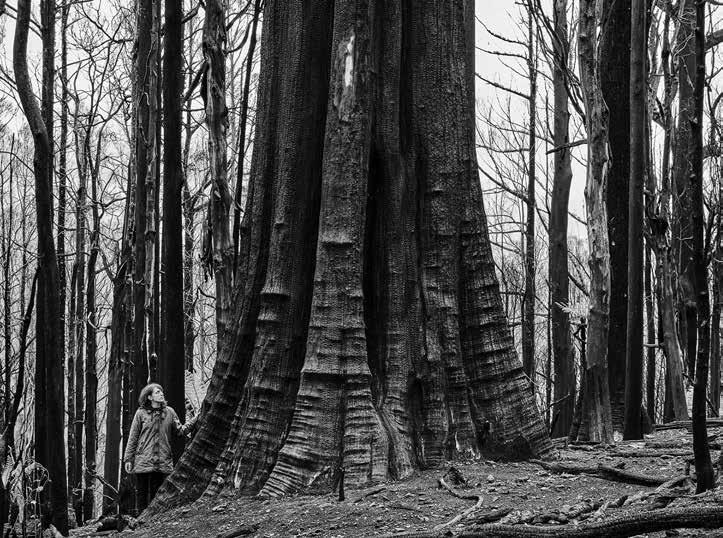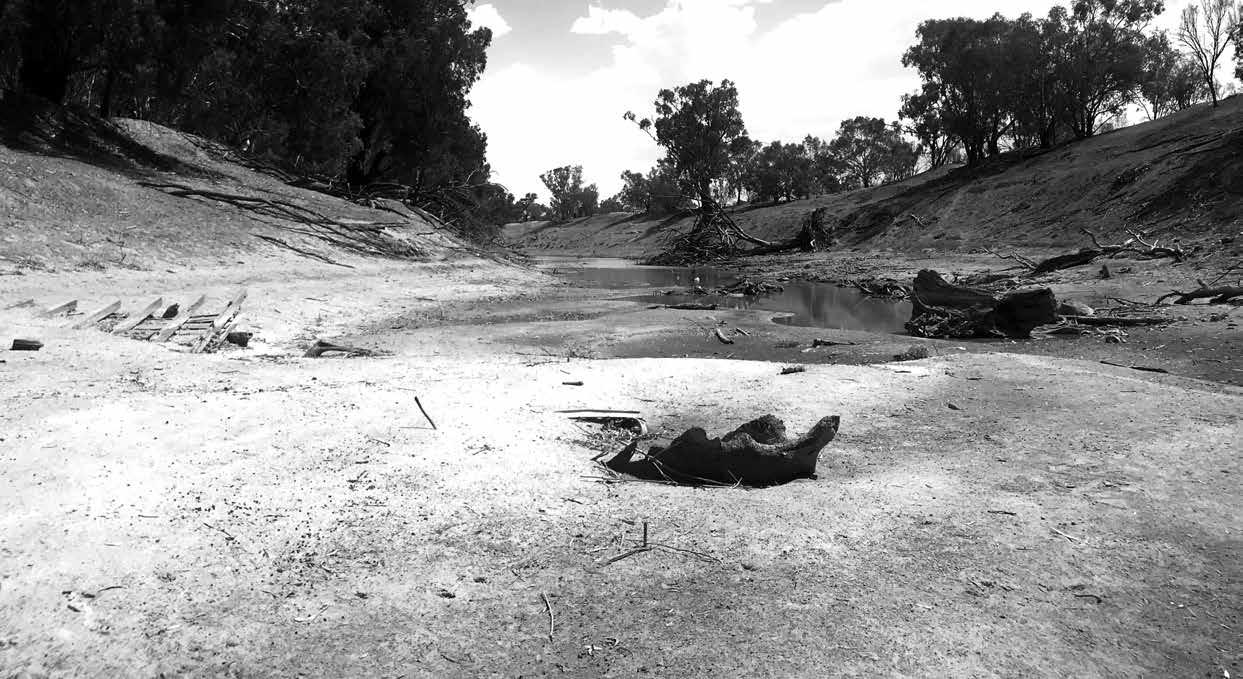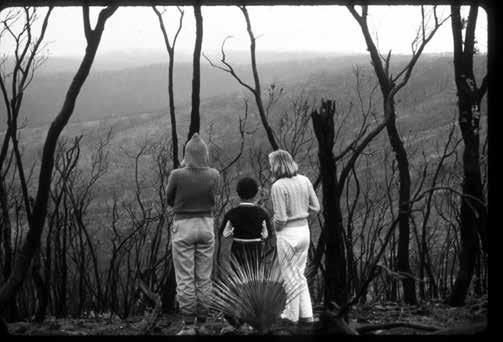Australia’s Black Summer A digest of significant news and opinion regarding the bushfire crises in Australia in the 2019-20 summer:
Crisis summer fuelled by climate change: new report
Underlying causes of Australia’s shocking bushfire season
11 March 2020: The Climate Council has produced the first comprehensive overview of the devastating climate impacts Australians experienced this summer. According to the report, Summer of Crisis, the catastrophic bushfires spewed an average estimate of 900 million tonnes of carbon dioxide into the atmosphere, which is approximately the same as annual emissions from commercial air travel worldwide. “The fires produced more greenhouse gas emissions than Australia normally emits annually,” said Climate Councillor and former Commissioner of Fire and Rescue NSW, Greg Mullins. “We must remember that the recent fires took place in a world that has warmed just over one degree,” said Climate Councillor Professor Will Steffen. The report’s key findings: • Climate change fuelled Australia’s devastating Black Summer. • Thirty-three people died in the bushfires, 25 of them in NSW. • Nearly 80% of Australians were affected either directly or indirectly. • Nationally, an estimated one billion animals were killed. • This season’s fires were incredibly large in area, even compared to forests all around the world. Around 21% of Australian temperate broadleaf and mixed forests was burnt. The average annual area burnt for most continents, including Australia, is well below 5%. • Catastrophic fire danger ratings were experienced at locations and times of the year never before recorded. Abridged from Analysis and Policy Observatory. https://apo.org.au/node/277911
Why has this bushfire season been so devastating? Extreme heat and dryness are two important influencers of fire and, on both measures, 2019 was remarkable for Australia. What role is climate change playing in the risk of fire? In advice issued in November 2019, Australia’s National Environmental Science Program was unambiguous. “Human-caused climate change has resulted in more dangerous weather conditions for bushfires in recent decades for many regions of Australia.” Scientists also believe that 2019 was a “standout” year in Australia for the formation of extreme bushfires that became “coupled” with the atmosphere, generating their own lightning and gusty, violent and unpredictable winds. Rainfall is replaced with blackened hail and embers that can be shot out over distances of 30km. Prof Matt England, of the UNSW Climate Change Research Centre, said: “What we have seen in Australia this year will just be a normal summer if we warmed the planet by 3C. And an extreme summer would be even worse than we’ve seen now.” Abridged from The Guardian. Full article: https://tinyurl.com/v2lpn8x
Weather bureau says hottest, driest year on record led to extreme bushfire season 9 Jan 2020: The Bureau of Meteorology’s annual climate statement confirms 2019 was the nation’s warmest and driest year on record. It’s the first time since overlapping records began that Australia experienced both its lowest rainfall and highest temperatures in the same year. The average national rainfall total was 37 mm, or 11.7%, below the 314.5 mm recorded in the previous driest year in 1902. The national average temperature was nearly 0.2°C above the previous warmest year in 2013. Globally, 2019 is likely to be the second-warmest year, with global temperatures about 0.8 °C above the 1961–1990 average. It has been the warmest year without the influence of El Niño. Abridged from The Conversation. Full article: https://tinyurl.com/tqkd9ef
10
Chain Reaction #138
May 2020
‘It’s miraculous’: owners say cultural burning saved their property 6 Jan 2020: Phil Sheppard watched with trepidation as a giant blaze approached his beloved Hunter Valley property outside Laguna, near Cessnock. Three weeks ago, he and other owners were forced to evacuate. To his amazement, when he returned two days later, traversing the long gravel driveway on foot after fallen trees blocked vehicle access, most structures remained perfectly intact. Owners say the property was saved by the traditional Indigenous technique of cultural burning conducted on their land three years ago. Aboriginal cultural fire practitioner Dennis Barber led a series of cultural burns on six hectares of bushland at Ngurrumpaa in 2015 and 2016 – the first burns in the area since a wildfire swept through in 1994. Unlike hazard reduction burning, cultural burns are cooler and slower moving, usually no taller than knee height, leaving tree canopies untouched and allowing animals to take refuge from the flames. Small fires are lit with matches, instead of drip torches, and burn in a circular pattern. Mr Barber says the ancient practice is informed by thousands of years of traditional knowledge. “It’s more than just putting the fire on the ground – it’s actually knowing the country, knowing what’s there … the soil types, the geology, the
This season’s fires were incredibly large in area, even compared to forests all around the world. Around 21% of Australian temperate broadleaf and mixed forests was burnt. The average annual area burnt for most continents, including Australia, is well below 5%.


